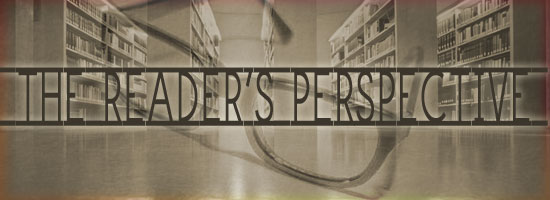by Sheli Ellsworth
As a book reviewer, I read a plethora of different books in varying genres—some self-published, some NYT best sellers. It is a fun and painful gig. As a writer, I attend workshops, read books on writing, listen to speakers, go to critique groups and have every word, comma, and participle questioned. I wrestle with editors, publishers and agents, and the one thing I have learned:
“There is no one formula for a good book. However, there are aspects of reading a book I enjoy more than others.”
I like a basic vocabulary with a few unique words. Some authors exhaust their entire thesaurus. While I enjoy the occasional unusual word, I don’t really think the word “macadam” is so special that I want to see it in place of the word “road” every single time. And while I am willing to pull out my dictionary occasionally, I don’t get paid enough to do it for every other sentence. Sometimes, I get the impression some authors write simply to ostentate. Writing should be from the heart, not because you are trying to save money on therapy.
Learning is important. After I finish a book, I like to think that even if the writing was subpar, I learned something. I realize that with the age of cinema, we have become an entertainment indulgent society, but I like a read to have an element of intellect—teach something I can use. It can be something practical like caulking around my bathtub while it is full of water or ordering the correct wine for Salmon au Poivre.
Block formatting is for business letters. Many self-published books I have read lately use block formatting instead of indentation. It wastes paper and has a “junk mail” feel. Basic paragraph indentation pulls the reader along with minimal kicking and screaming.
Acrojumbles are annoying. I will stand for one or two acronyms in a book, but after three or four of them to remember—especially if they are unique to the story and not commonly used—I really tune them out. Many authors like to use profession-specific acronyms, which are still annoying after two.
I enjoy allymcbealing. Because the age of cinema has brought so much “action” into our writing, the “show, don’t tell” rule is one I love and hate. I enjoy a fast moving, tense scene as much as a fifteen-year-old on a Friday night, but I think the advantages of books over screen are those tiny peeks inside an author or character’s psyche. While soliloquies may have gone out with Shakespeare, minimal interior monologue is something I enjoy as long as it amounts to more than the f-word.
In fictional works, I want my protagonist to be likable. Unfortunately, many times, characters are trapped by their makers. A good writer creates a character and then allows it to take on its own identity. If an author is too controlling, a character will only become an extension of the author’s personality. And let’s face it, not all writers have likable personalities. I like a character to be genuinely good, but have at least one fatal flaw— one thing that keeps them from achieving what they want, and at some point in the story, they need to acknowledge it; have one moment of clarity where they take responsibility for their own destiny.
Subplots can create narrative drive when the main plot wanes. Anyone who is familiar with the “arc of fiction” knows that after the main event, everything else is just wrapping. A strong subplot can be concluded on the last page. I dislike stories that read like the author just got tired and bored at the end of the book and quit writing. To keep me thinking about a book long after the acknowledgements, a writer needs to take care of 75% of my needs until the last page and leave me with only about 5% to speculate about after the ending.

